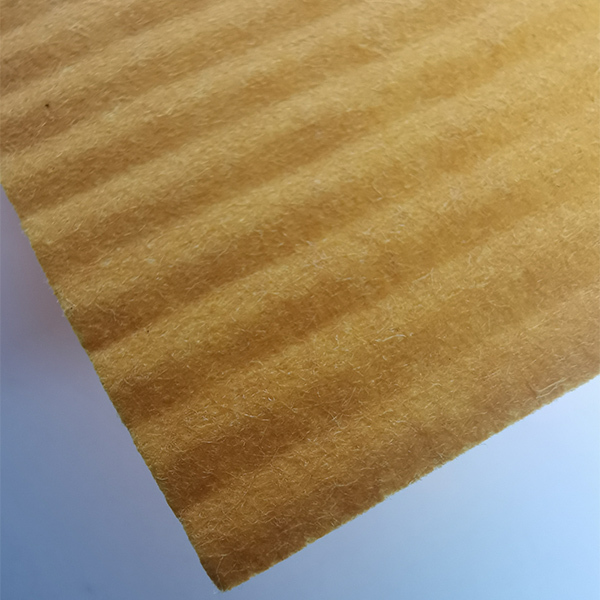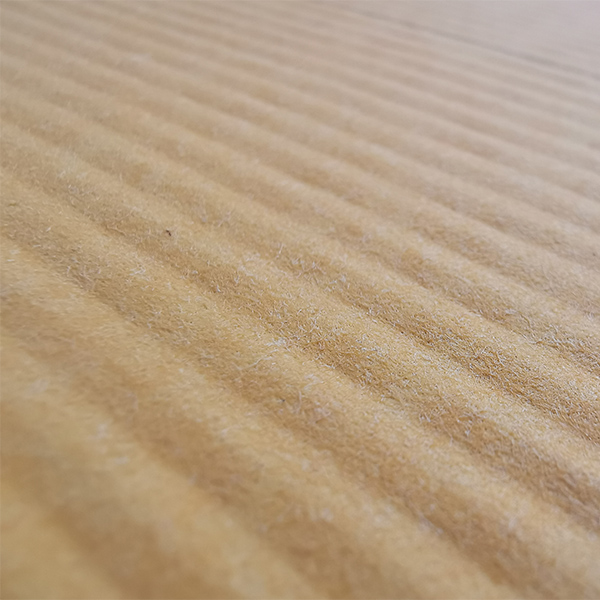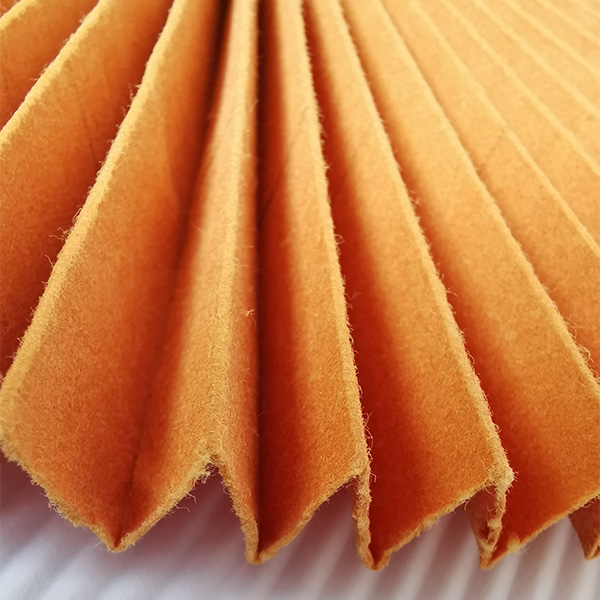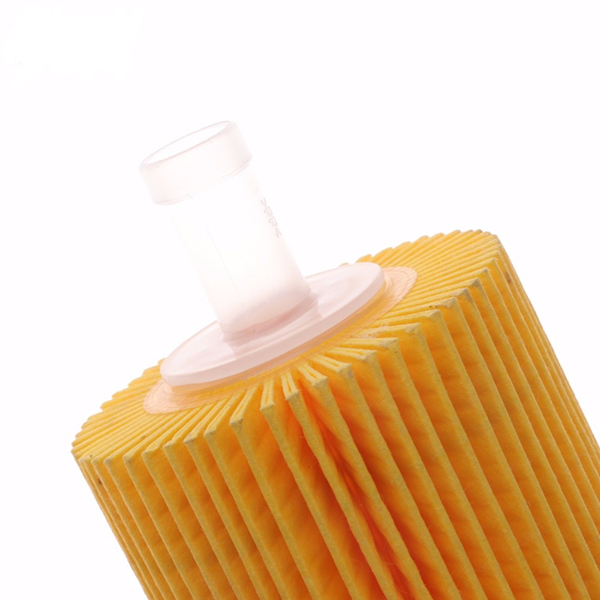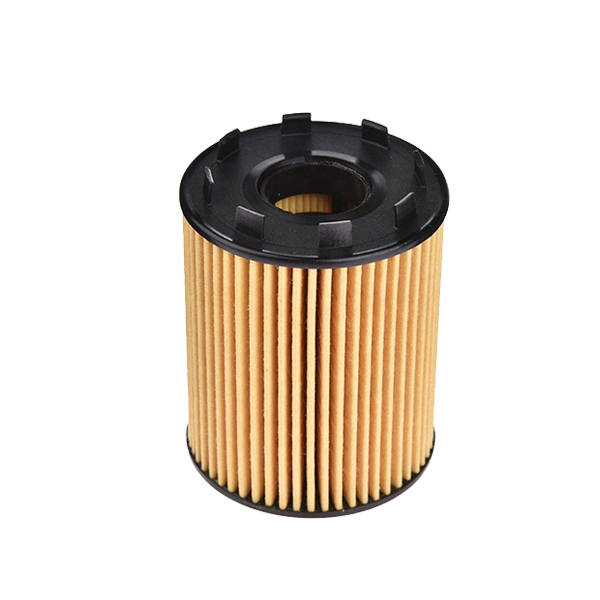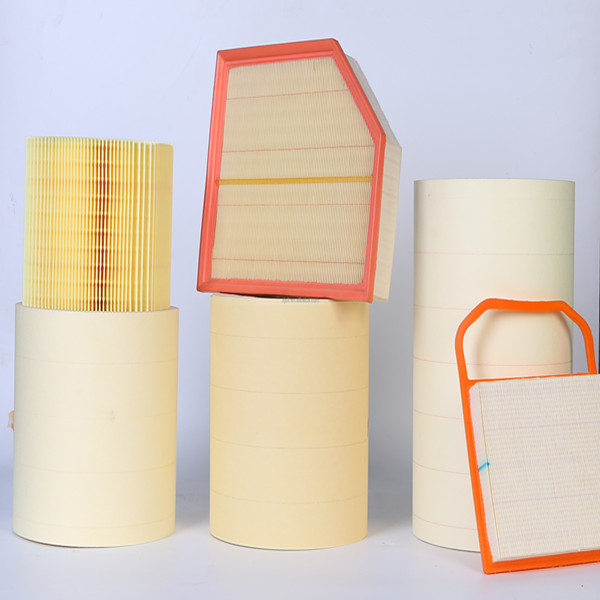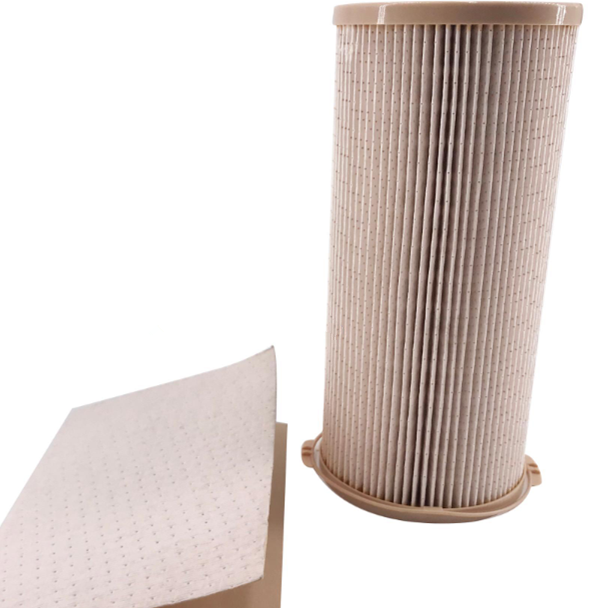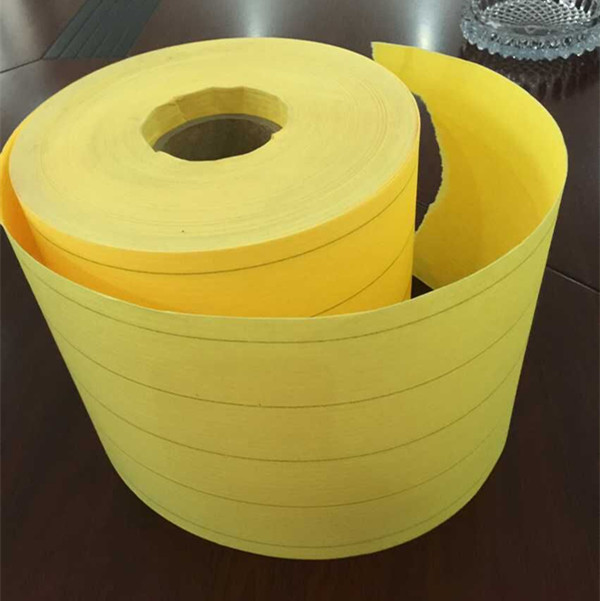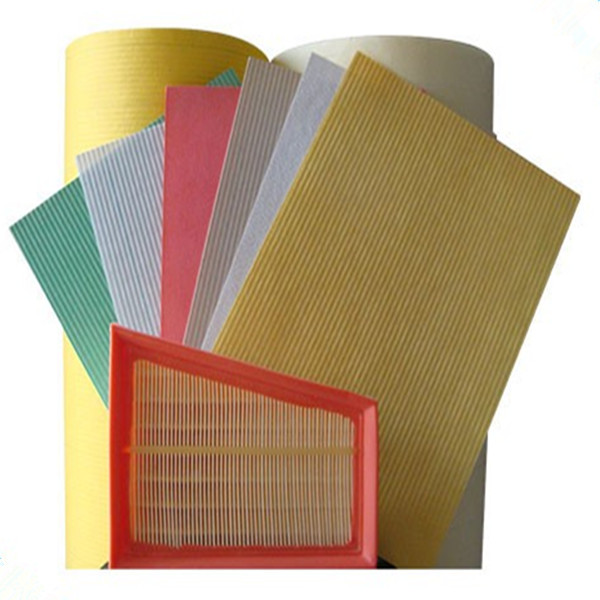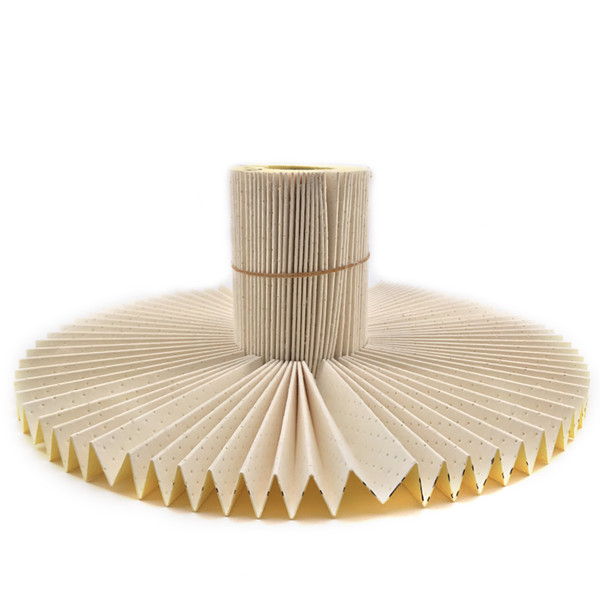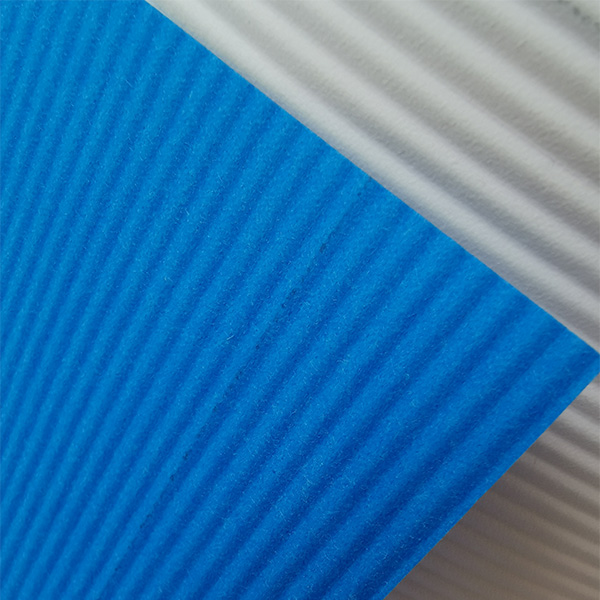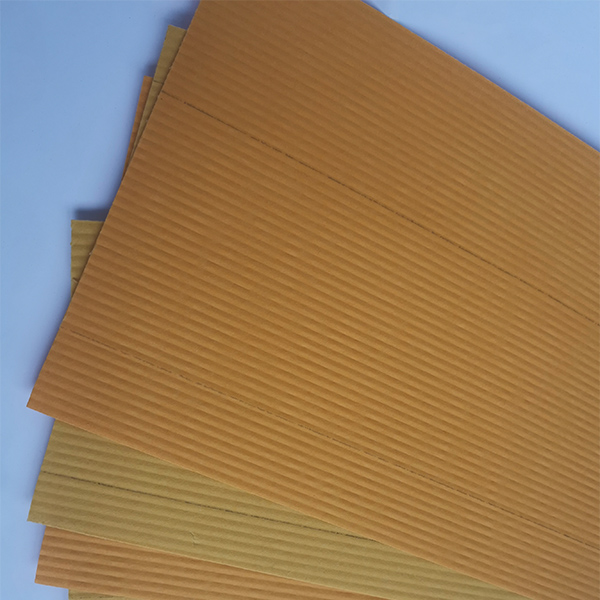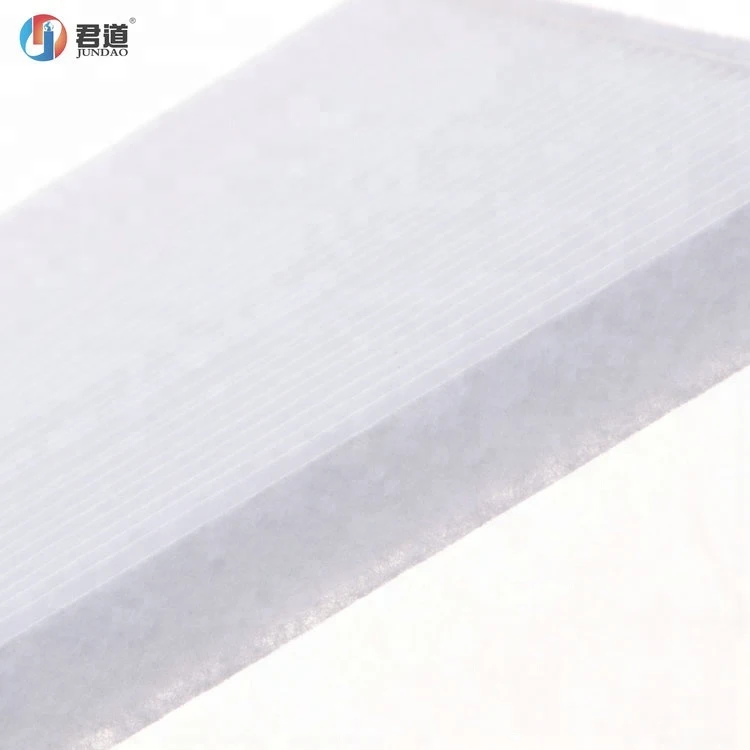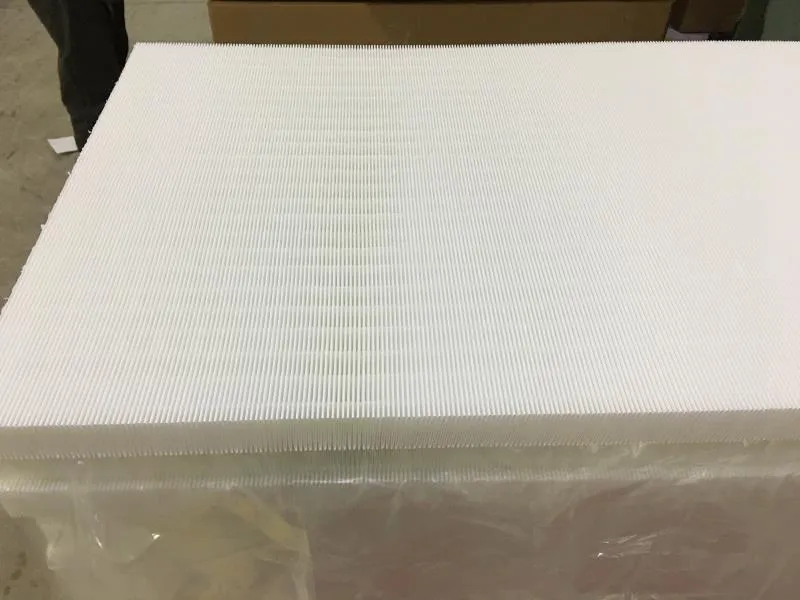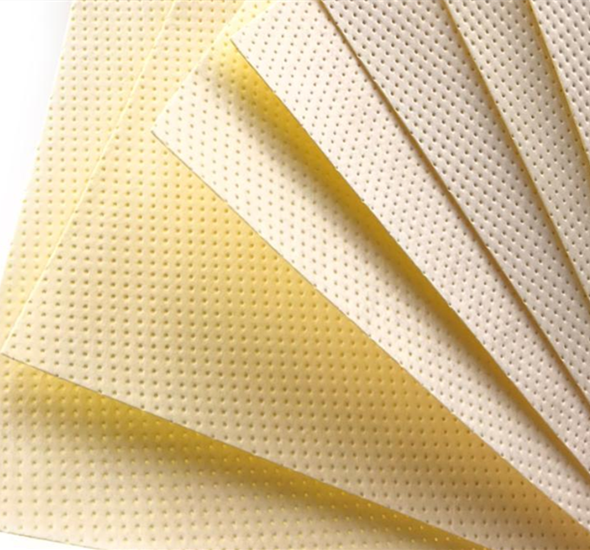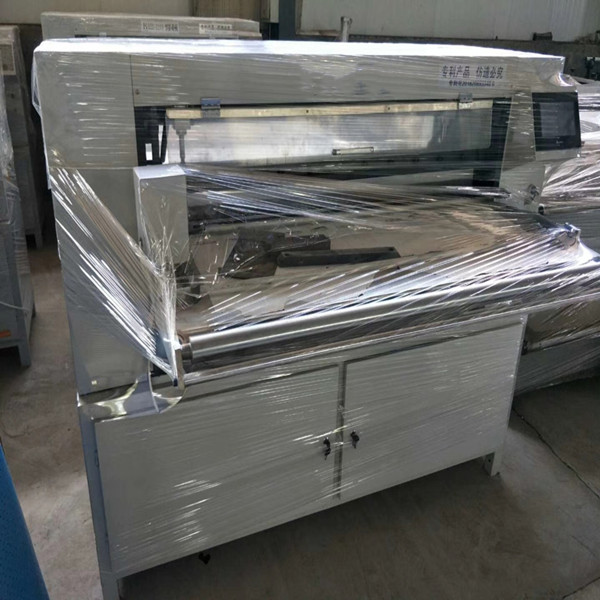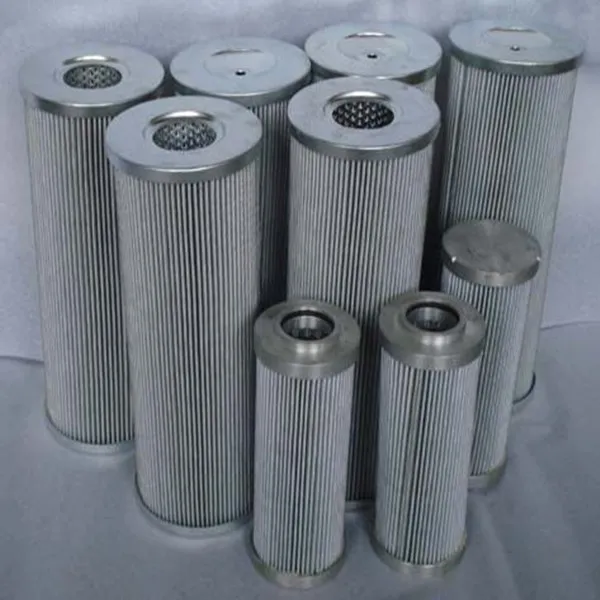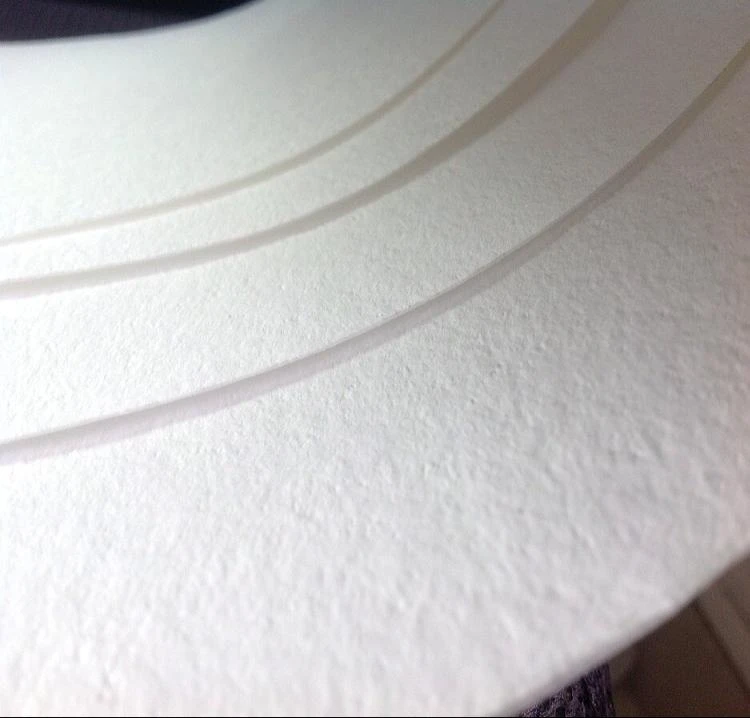Pepala Losefera Mafuta
Zosefera izi zimapangidwa ndi zamkati zapamwamba zamatabwa ngati zopangira.
Zogulitsa:
Kutha kwa mpweya wabwino
Mkulu kusefa mwatsatanetsatane ndi mwachangu
Mkulu fumbi kugwira mphamvu
Kuuma kwakukulu ndi kuphulika kwamphamvu
Ntchito: Zosefera zamafuta zamagalimoto osiyanasiyana, zida zamakina.
Mafotokozedwe Akatundu:
Ma cell cellulose
Resin Acrylic
Kulemera Kwambiri 110-280g/m2
Mpweya Permeability 110-750L/m2s
Ndemanga: Zofotokozera zina zimapezekanso malinga ndi zomwe kasitomala akufuna kapena zitsanzo.
What is oil filter paper made of?
Oil filter paper is typically composed of a blend of cellulose fibers, synthetic fibers, or a combination of both, designed to withstand the harsh conditions of oil filtration. Cellulose-based filter paper is cost-effective and provides good filtration for general applications, while synthetic fibers (such as polyester or glass fiber) enhance durability, chemical resistance, and performance in high-temperature or high-pressure environments. Some advanced oil filter papers are treated with resins or phenolic coatings to improve wet strength and resistance to oil breakdown. The paper’s structure is engineered with controlled porosity to trap contaminants while allowing oil to flow efficiently. The choice of material depends on the application, with heavy-duty systems often requiring synthetic media for extended service life and better filtration efficiency.
Applications of oil filter paper in automotive, hydraulic, and machinery systems
In automotive systems, oil filter paper is used in engine oil filters to remove dirt, metal particles, and sludge, ensuring smooth engine operation and longevity. Hydraulic systems rely on oil filter paper to maintain clean hydraulic fluid, preventing wear in pumps, valves, and actuators. In industrial machinery, oil filters protect gears, bearings, and lubrication systems from abrasive contaminants, reducing maintenance costs and downtime. Some specialized applications include turbine oil filtration, compressor systems, and transmission fluid filtration.
Filtration efficiency and dirt holding capacity of oil filter paper
The filtration efficiency of oil filter paper refers to its ability to capture particles of specific sizes, typically measured in microns. High-efficiency filter media can remove very fine contaminants, extending equipment life. The dirt holding capacity indicates how much debris the paper can retain before clogging, affecting service intervals. A well-designed oil filter paper balances both properties—too dense a media may trap more particles but restrict oil flow, while a looser structure may allow contaminants to pass. Synthetic fiber-based filters often offer higher dirt holding capacity and better efficiency than cellulose-only media, making them suitable for demanding applications. Manufacturers optimize porosity, fiber composition, and pleating patterns to maximize performance without compromising flow rates.

